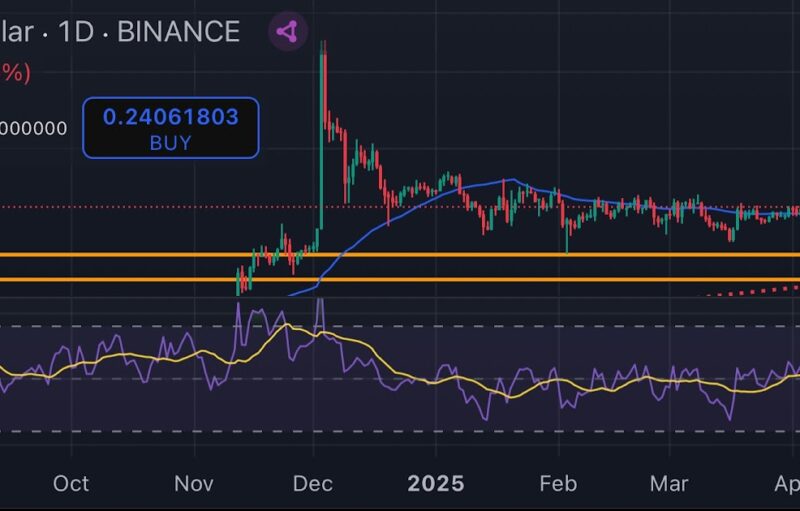
Mining companies may benefit from a growing market for Bitcoin (BTC) derivatives to finance and support their power-hungry operations. In 2019, despite price fluctuations, mining activity remains near all-time highs.
Bitcoin Mining Turned into Large-Scale Business
Mining is becoming large-scale business in 2019, with big pools and ASIC producers once again coming into the spotlight. Canaan Mining even managed to launch its IPO on NASDAQ, selling its shares through a listed shell company.
But now, a special product may be created for miners, to directly hedge against the fluctuating Bitcoin hashrate in the coming months, reported Reuters. Smaller mining pools are highly vulnerable to swings in the hashrate, as large-scale pools take up more than half of bitcoin blocks. Larger operators can also afford more powerful ASIC, or simply run more machines on cheap hydroelectric power.
“The trend in hashrate is upwards. Unless miners increase production, they will get fewer bitcoin with the same power,” said Michel Rauchs, author of a Cambridge university study on mining.
With hashrate derivatives, they can price in risk.
A high hashrate means more need for competition, as well as more difficult mining conditions. Hashrate is not a constant, and difficulty readjust every 2016 blocks, changing the potential to earn BTC rewards.
The Bitcoin network hashrate fluctuated wildly in the past couple of weeks, moving between a low of 74 quintillion hashes per second, and a normal range near 100 quintillion hashes. During that time, difficulty rose sharply once, then diminished slightly again.
Derivatives Based on Hashrate Data Already on Offer by DAG Global
Derivatives based on information about the Bitcoin hashrate are offered by the DAG Global, a London-based crypto startup that claims to be a cryptocurrency merchant bank.
“As the hashrate changes, you can go from being profitable to losing money very quickly,” said Robert Andersen, who leads DAG’s digital asset sales. “The contract insures you against that. It’s like insurance, and for that you pay a premium.”
Mining profitability is also highly dependant on the bitcoin spot price. Miners usually attempt to sell some of the BTC earned, to fund their operations. Derivatives and futures markets offer a way to hedge against the price risk. Another firm, GSR, is also preparing to build a product based on hashrate risk, but deems the market as nascent and may delay the launch by months.
Mining operations with slightly higher electricity costs may need to be careful about their breakeven prices. For Chinese bitcoin mining farms, hydroelectric power has periods of very low prices, breaking even at lower BTC valuations. The Bitcoin network consumes more than 73.12 TWh annualized, slightly more than the economy of Austria. About 50% of that energy goes to four of the biggest mining pools.
What do you think about derivatives on hashrate data? Share your thoughts in the comments section below!
Images via Shutterstock
The Rundown
The post appeared first on Bitcoinist






